Bloomington city council’s OK of $324K for new sidewalks comes with discussion of additional funding sources
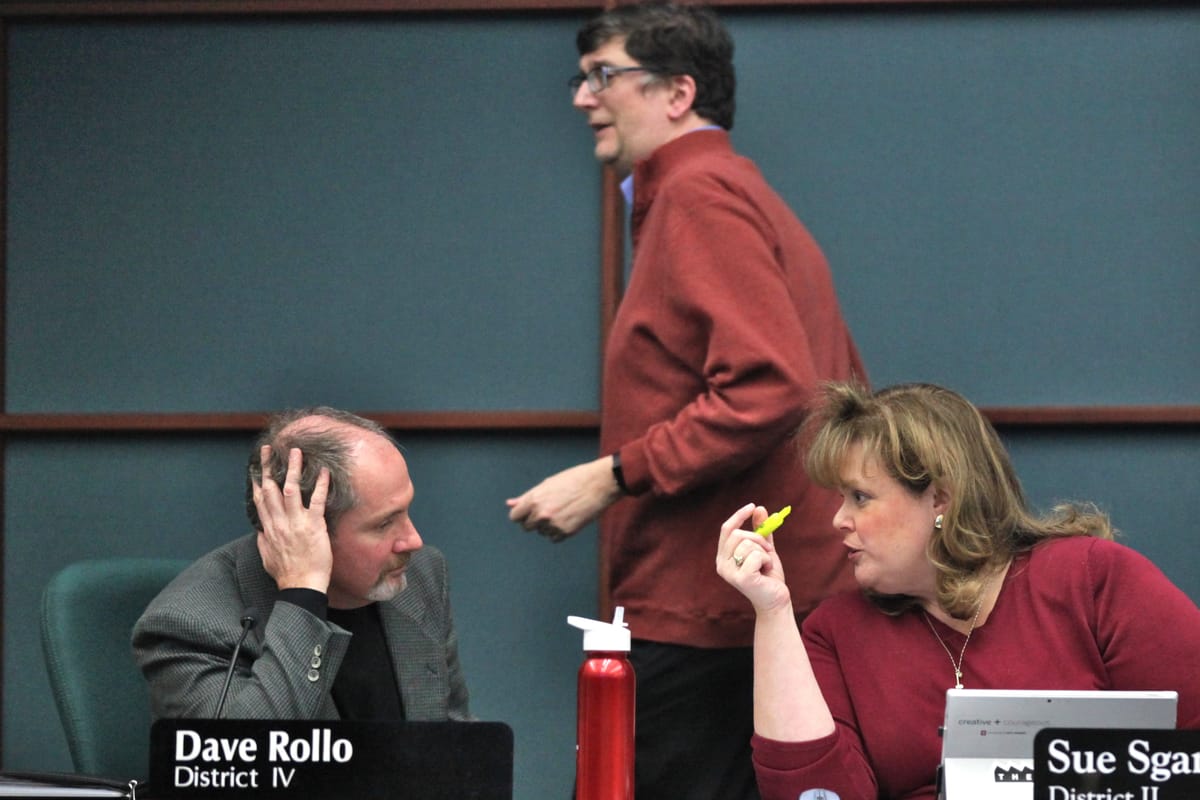
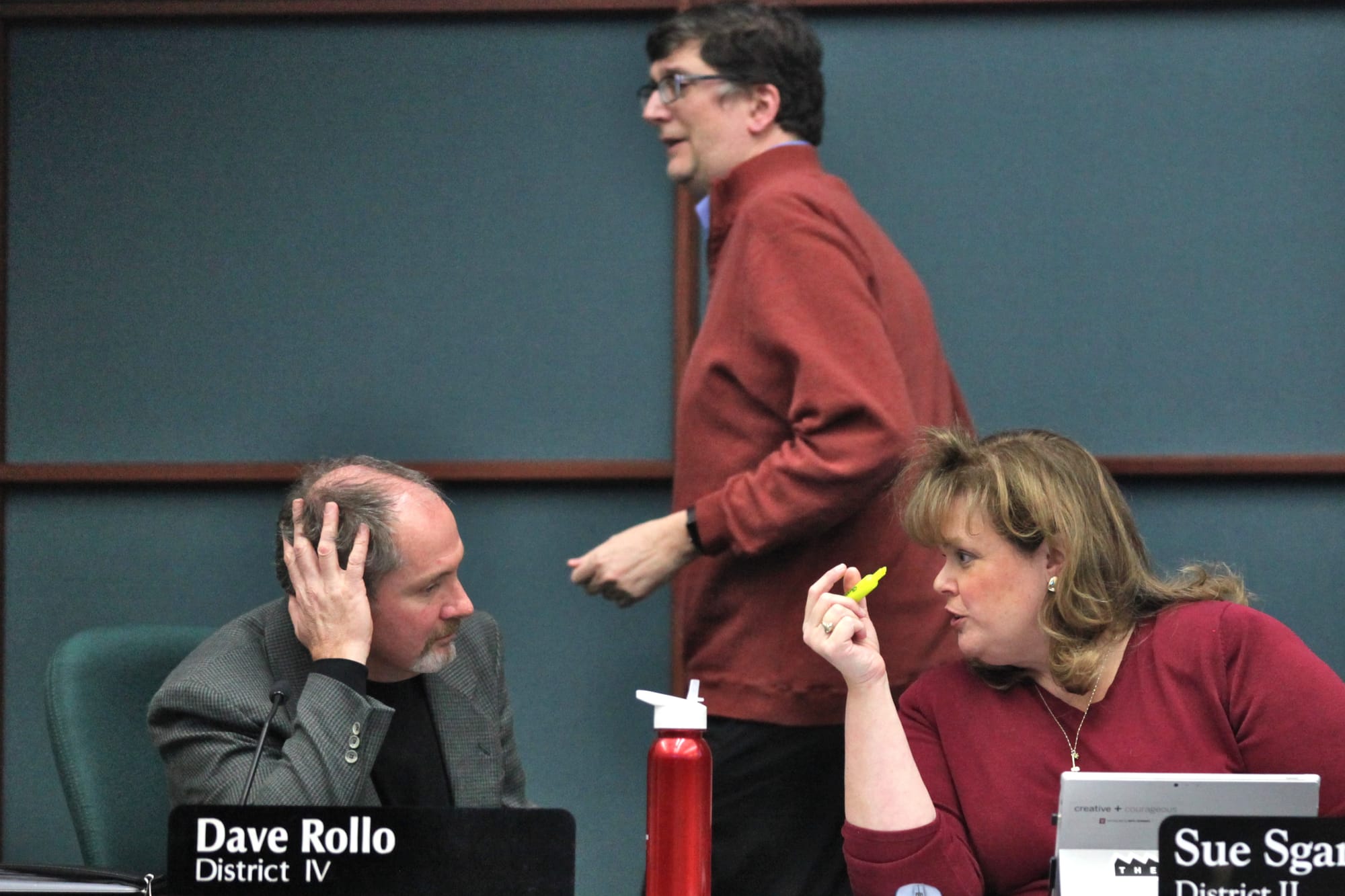
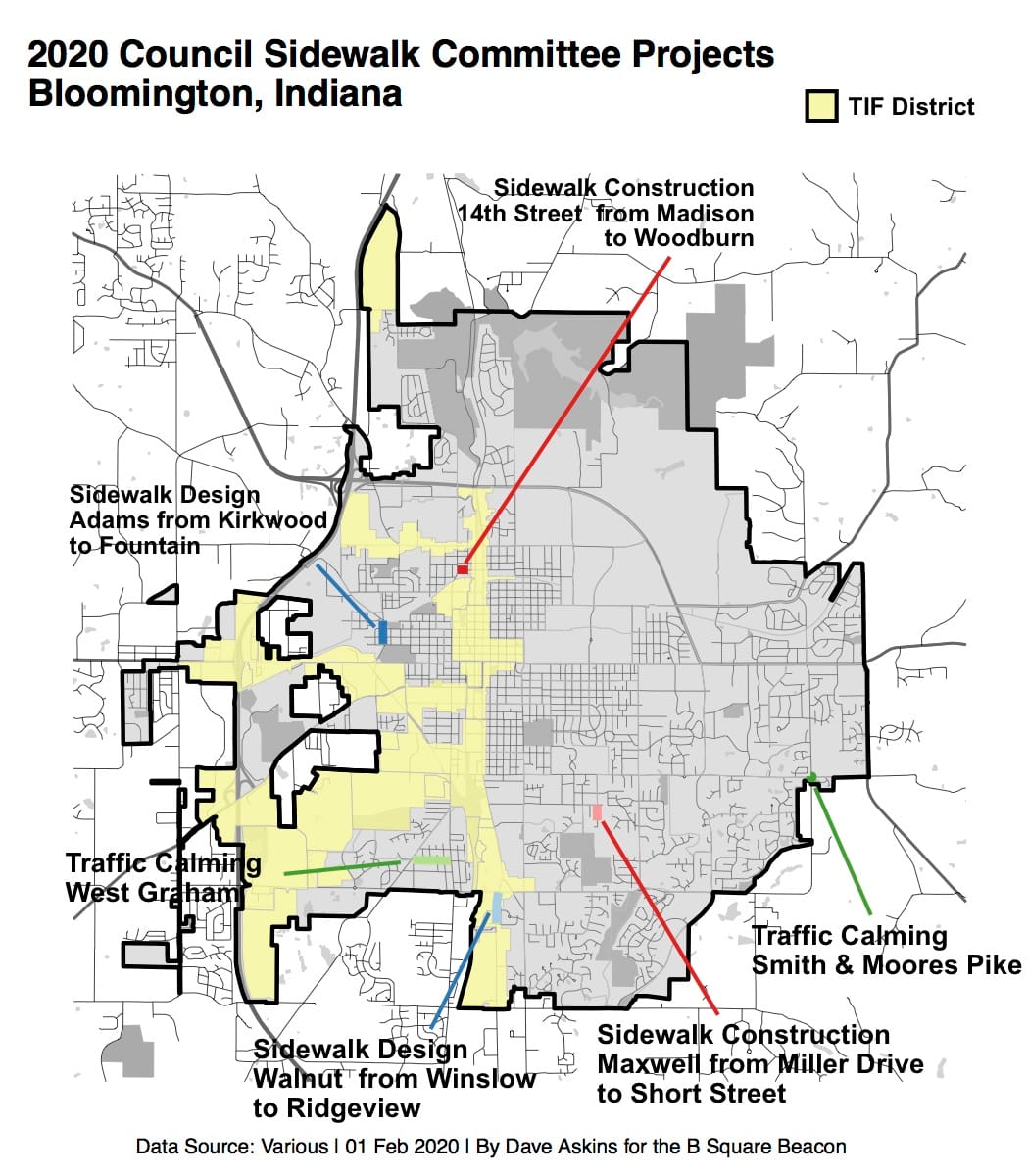
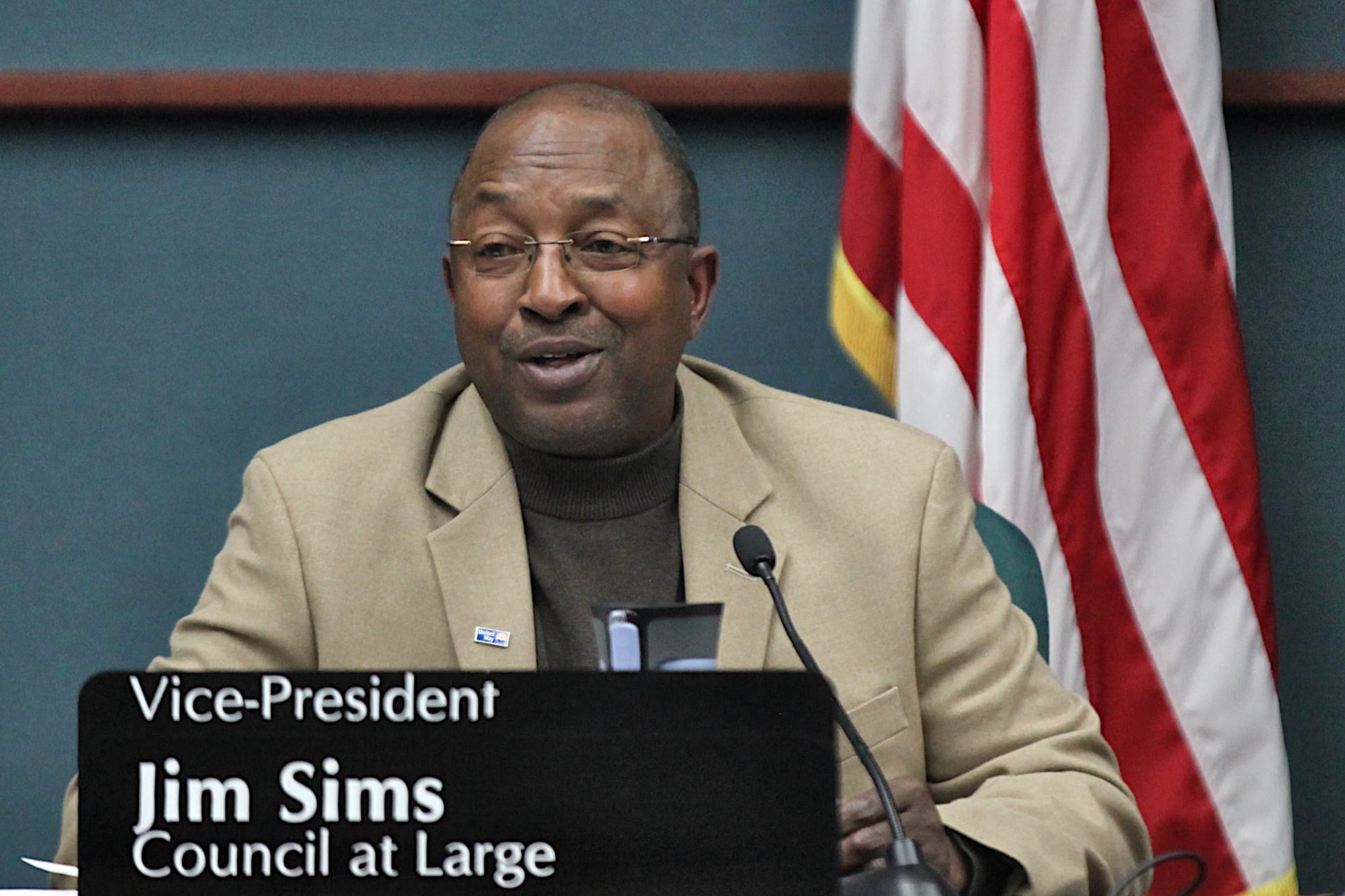
This year’s annual approval of the city council’s sidewalk committee report came at last Wednesday’s city council meeting. The report included $324,000 in funding for six different projects. The half dozen projects included: two sidewalk construction projects, two sidewalk design projects, and two traffic calming or crosswalk projects.
The sidewalk committee’s report was based on its meetings last year.
The approval was not controversial, passing 9–0. But it did generate a bit of discussion about other funding sources for new sidewalks, besides the money that was approved last week. The $324,000 total came from the city’s alternative transportation fund (ATF).
Part of the background material included in the council’s information packet—as well as the presentation given by sidewalk committee chair Jim Sims—highlighted some additional sources of funding. Other members of the committee last year, which made the report, were Dave Rollo and former councilmembers Dorothy Granger and Chris Sturbaum.
Other funding sources include collaboration with other city departments like utilities, which will sometimes fund curb and storm-drain work that’s required as a part of a sidewalk construction project.
For some sidewalk projects, the council’s committee tries to tap federal funds. One of this year’s projects assumes $160,000 worth of funding from the Community Development Block Grant program. It’s the on the north side of 14th Street, from Madison Street to Woodburn Avenue. If the CDBG funding for which the city has applied doesn’t come through, money from lower priority approved projects will used to make up the shortfall.
The ATF, which is the funding source that is controlled by the council’s sidewalk committee, was established in 1992 as part of the same ordinance that created the residential neighborhood parking permit program.
According to the residential neighborhood parking permit ordinance, “funds received in excess of the annual cost of operating the program shall go into an Alternative Transportation Fund.” Expenditures from the fund are supposed to be for the purpose of “reducing our community’s dependence upon the automobile.”
At Wednesday’s meeting council president Steve Volan asked if any consideration had been given to the use of TIF (tax increment finance) funds for sidewalk construction. TIF money is tied to a geographic area. Not all the revenue from the tax on properties in a TIF district goes to the usual governmental entities that levy the tax.
Key to the concept of a TIF district is the difference between the assessed value of a property at the time when a district starts and its current value—that difference is the “increment” in the label for such areas. For TIF districts inside Bloomington, expenditures on the revenue that comes from the increment are decided by the city’s redevelopment commission (RDC).
Councilmember Sue Sgambelluri, who has served on the RDC for the last few years, said at Wednesday’s meeting that TIF money had been used to fund road projects that included the construction of sidewalks. One example she gave was the roundabout that was installed on 17th Street.
Sgambelluri mentioned a constraint on the use of TIF money: It has to be spend on projects inside the district or serving the district.
Rollo said most sidewalk committee projects aren’t inside TIF districts.
One of the sidewalk projects approved for this year is at least partly inside a TIF district. It’s a design project that runs on the east side of S. Walnut Street – from E. Winslow Road to E. Ridgeview Drive. The high-resolution TIF map available on the city’s website looks like it shows a tiny island of roadway in the middle of the sidewalk design project that is not a part of the TIF district.
The Square Beacon has not mapped other projects on the list to check if they’re in or near a TIF district.
A total of around $29 million in TIF funds is planned to be spend on the replacement parking garage at 4th Street, as well as the new garage in the Trades District.
The funding challenge for new sidewalks is less than that. Adding up the length of all the projects on the list in 2020 comes to 91,473 feet. According to planning services manager Beth Rosenbarger, who helps give staff support to the committee, 1 mile of sidewalk costs about $1 million—that’s just a rough ballpark estimate.
Applied to this year’s list, a ballpark estimate of the total cost would work out to $17.32 million. (91,473 feet is 17.32 miles.) If all the projects were built based on currently available funding from ATF, and costs and revenue remained constant, it would take just a little over 50 years to finish the list.
But not every sidewalk gap in the city is on the list. Projects make their way onto the list by request. Citizens can request a new sidewalk be built through the uReport system, or by sending an email (council@bloomington.in.gov) the city council office.
During one council sidewalk committee meeting last year, both Rollo and Sturbaum mentioned in passing the idea that it would probably require issuing a bond, in order to complete a substantial amount of the projects on the list in a relatively short time frame.
Not mentioned on Wednesday as a possibility for a sidewalk construction funding source is the mayor’s proposed increase to the local income tax (LIT), which the city council would need to vote to enact. In the month since Mayor John Hamilton’s New Year’s Day announcement, the council has not discussed the LIT increase at any of its public meetings.
Not a part of the city council sidewalk committee’s purview is the repair of existing sidewalks. The maintenance of city sidewalks is the responsibility of adjoining property owners.
Based on the city’s segment-by-segment sidewalk condition report, about 7.75 miles worth of existing sidewalk, out of a total of 236 miles is is “poor” condition. Another 75.5 miles is in “fair condition.”



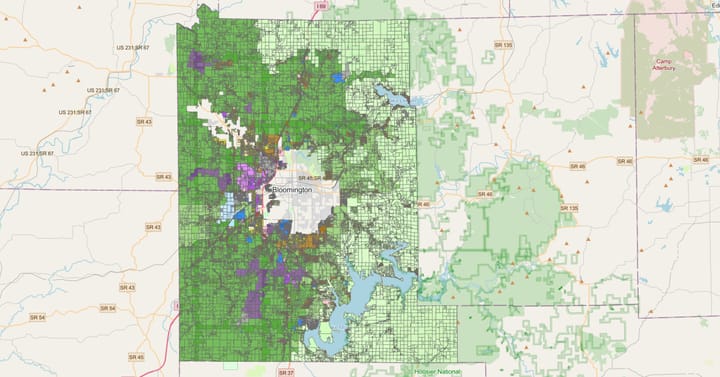
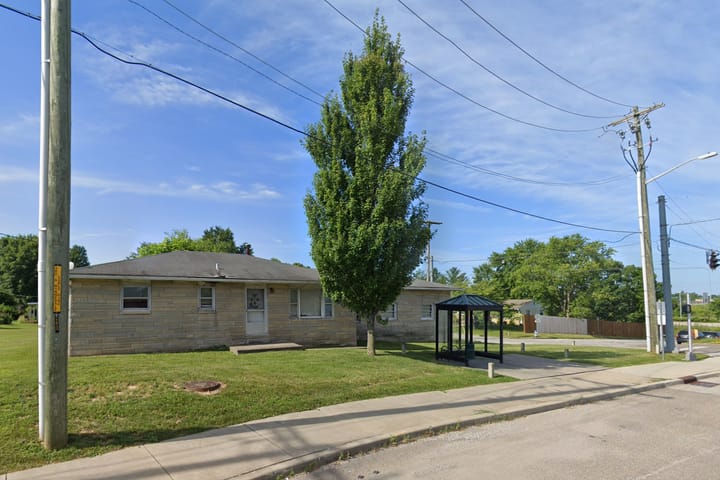
Comments ()